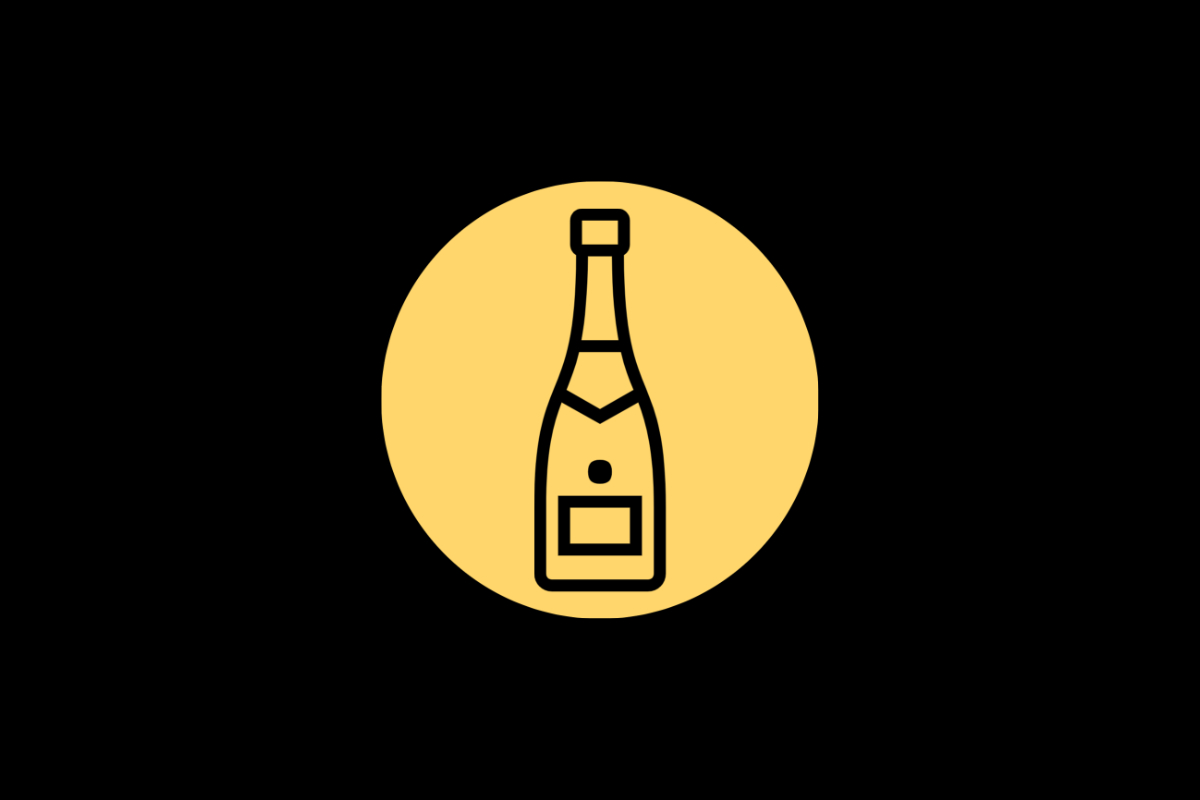The Impact of Temperature on Champagne Yeast: A Guide to Fermentation Success
If you’re looking to make your own champagne at home, then you need to know about the importance of temperature during fermentation, and how it affects the performance of champagne yeast. In this guide, we’ll explore the key factors that influence the temperature of fermentation and share some practical tips on how to achieve the ideal environment for your champagne yeast to thrive.
What is Champagne Yeast?
Champagne yeast is a unique strain of yeast that is used to ferment grape juice into sparkling wine. This variety of yeast is known for its slow and steady fermentation process, and for generating crisp, clean, and complex flavors in the finished product. While there are many strains of yeast that can be used to ferment wine, champagne yeast is specifically designed to thrive in a high-alcohol environment and to produce the signature bubbles that are characteristic of champagne.
The Importance of Temperature during Fermentation
Temperature is one of the most important factors that influence the success of the fermentation process in wine-making. Too high or too low of a temperature can have a negative impact on the performance of yeast, leading to sluggish fermentation, or in some cases, a complete failure of the fermentation process.
In the case of champagne yeast, it is especially important to maintain a consistent and appropriate temperature throughout the fermentation process, in order to achieve the desired results. If the temperature is too low, the yeast will become dormant and the fermentation process will slow down or even stop altogether. If the temperature is too high, it can cause the yeast to become stressed and produce off-flavors, ruining the quality of the wine.
The Ideal Temperature Range for Champagne Yeast
The ideal temperature range for champagne yeast during the fermentation process is between 60 and 70 degrees Fahrenheit (15 and 21 degrees Celsius). This range allows the yeast to ferment at a steady pace without becoming stressed or dormant.
However, it’s important to note that the temperature can vary during different stages of the fermentation process. During the initial stages of fermentation, it is recommended to keep the temperature on the lower side of the range (around 60-63°F) in order to encourage a slower and steadier fermentation process. This will help to develop more complex and nuanced flavors in the finished product.
During the later stages of fermentation, when the yeast is consuming the remaining sugars in the grape juice, you may want to raise the temperature slightly (up to 68-70°F) in order to finish the fermentation process more quickly. This can help to minimize the risk of spoilage or contamination by other microorganisms in the environment.
Tips for Controlling the Temperature during Fermentation
Controlling the temperature during fermentation can be a challenging task, especially if you live in a region with extreme temperature fluctuations. Here are some tips to help you achieve the ideal temperature range for champagne yeast:
1. Use a Temperature-Controlled Fermentation Chamber
Investing in a temperature-controlled fermentation chamber is one of the best ways to ensure that your champagne yeast maintains a consistent and appropriate temperature throughout the fermentation process. These chambers allow you to set the temperature to the desired range and monitor it using a thermostat or digital thermometer.
2. Monitor the Ambient Temperature
If you don’t have access to a temperature-controlled fermentation chamber, then you’ll need to closely monitor the ambient temperature in the area where you are fermenting your grape juice. This can be done using a thermometer or digital temperature probe. Try to choose a location that has a stable temperature and is away from direct sunlight or sources of heat.
3. Use Water Bath or Cooling Coil
Another option is to immerse your fermentation vessel in a water bath or use a cooling coil to regulate the temperature. This method can be effective, but it requires a bit more manual monitoring and adjustment in order to maintain the desired temperature range.
4. Experiment with Different Temperature Profiles
If you’re feeling adventurous, you might want to experiment with different temperature profiles during fermentation to see how they affect the flavor and aroma of your champagne. For example, some wine makers may choose to start fermentation at a lower temperature and then slowly raise the temperature over time in order to encourage more complex flavor development. Others may prefer to maintain a consistent temperature throughout the fermentation process for a more uniform flavor profile.
In Conclusion
Temperature is a critical factor in the success of champagne yeast during the fermentation process. By understanding the impact of temperature on yeast performance, and implementing the tips and tricks outlined in this guide, you can achieve a perfect environment for your champagne yeast to flourish, resulting in a delicious and complex finished product. So, go ahead, and experiment with different temperature profiles, and you might discover some exciting new flavor combinations that you never thought possible!
